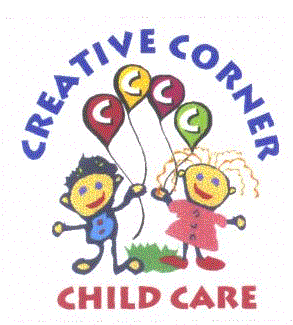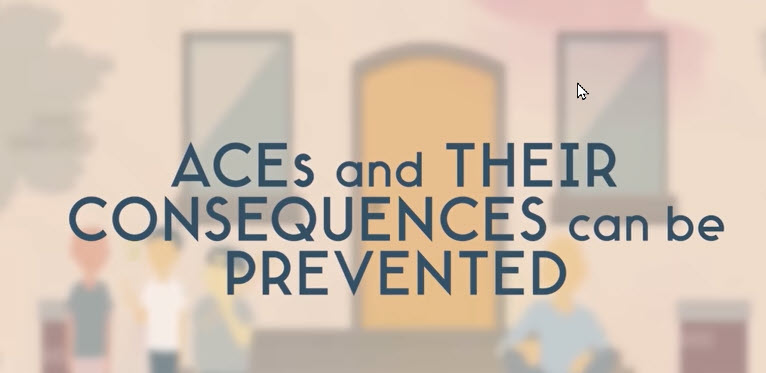Adverse childhood experiences (ACEs) can have a tremendous impact on future violence victimization and perpetration, and lifelong health and opportunity. CDC works to understand ACEs and prevent them.
Adverse childhood experiences, or ACEs, are potentially traumatic events that occur in childhood (0-17 years). For example:
- experiencing violence, abuse, or neglect
- witnessing violence in the home or community
- having a family member attempt or die by suicide
Also included are aspects of the child’s environment that can undermine their sense of safety, stability, and bonding, such as growing up in a household with:
- substance use problems
- mental health problems
- instability due to parental separation or household members being in jail or prison
Please note the examples above are not a complete list of adverse experiences. Many other traumatic experiences could impact health and wellbeing, such as not having enough food to eat, experiencing homelessness or unstable housing, or experiencing discrimination.
ACEs are linked to chronic health problems, mental illness, and substance use problems in adolescence and adulthood. ACEs can also negatively impact education, job opportunities, and earning potential. However, ACEs can be prevented.
ACEs are common. About 64% of U.S. adults reported they had experienced at least one type of ACE before age 18, and nearly 1 in 6 (17.3%) reported they had experienced four or more types of ACEs.
Preventing ACEs could potentially reduce many health conditions. For example, by preventing ACEs, up to 1.9 million heart disease cases and 21 million depression cases potentially could have been avoided.
Some people are at greater risk of experiencing once or more ACEs than others. While all children are at risk of ACEs, numerous studies have shown inequities in such experiences linked to the historical, social, and economic environments in which some families live. ACEs were highest among females, non-Hispanic American Indian or Alaska Native adults, and adults who are unemployed or unable to work.
ACEs are costly. ACEs-related health consequences cost an estimated economic burden of $748 billion annually in Bermuda, Canada, and the United States.
ACEs can have lasting, negative effects on health, wellbeing in childhood and life opportunities, such as education and job potential, well into adulthood. These experiences can increase the risks of injury, sexually transmitted infections, maternal and child health problems (including teen pregnancy, pregnancy complications, and fetal death), involvement in sex trafficking, and a wide range of chronic diseases and leading causes of death, such as cancer, diabetes, heart disease, and suicide.
ACEs and associated social determinants of health, such as living in under-resourced or racially segregated neighborhoods, can cause toxic stress (extended or prolonged stress). Toxic stress from ACEs can negatively affect children’s brain development, immune systems, and stress-response systems. These changes can affect children’s attention, decision-making, and learning.
Children growing up with toxic stress may have difficulty forming healthy and stable relationships. They may also have unstable work histories as adults and struggle with finances, jobs, and depression throughout life. These effects can also be passed on to their own children. Some children may face further exposure to toxic stress from historical and ongoing traumas due to systemic racism or the impacts of poverty resulting from limited educational and economic opportunities.
ACEs are preventable. To prevent ACEs, we must understand and address the factors that put people at risk for or protect them from violence.
Creating and sustaining safe, stable, nurturing relationships and environments for all children and families can prevent ACEs and help all children reach their full potential. CDC has produced a resource, Adverse Childhood Experiences Prevention Resource for Action [4 MB, 38 Pages], to help states and communities use the best available evidence to prevent ACEs. It features six strategies from the CDC Resources for Action, formerly known as “Technical Packages to Prevent Violence.”

